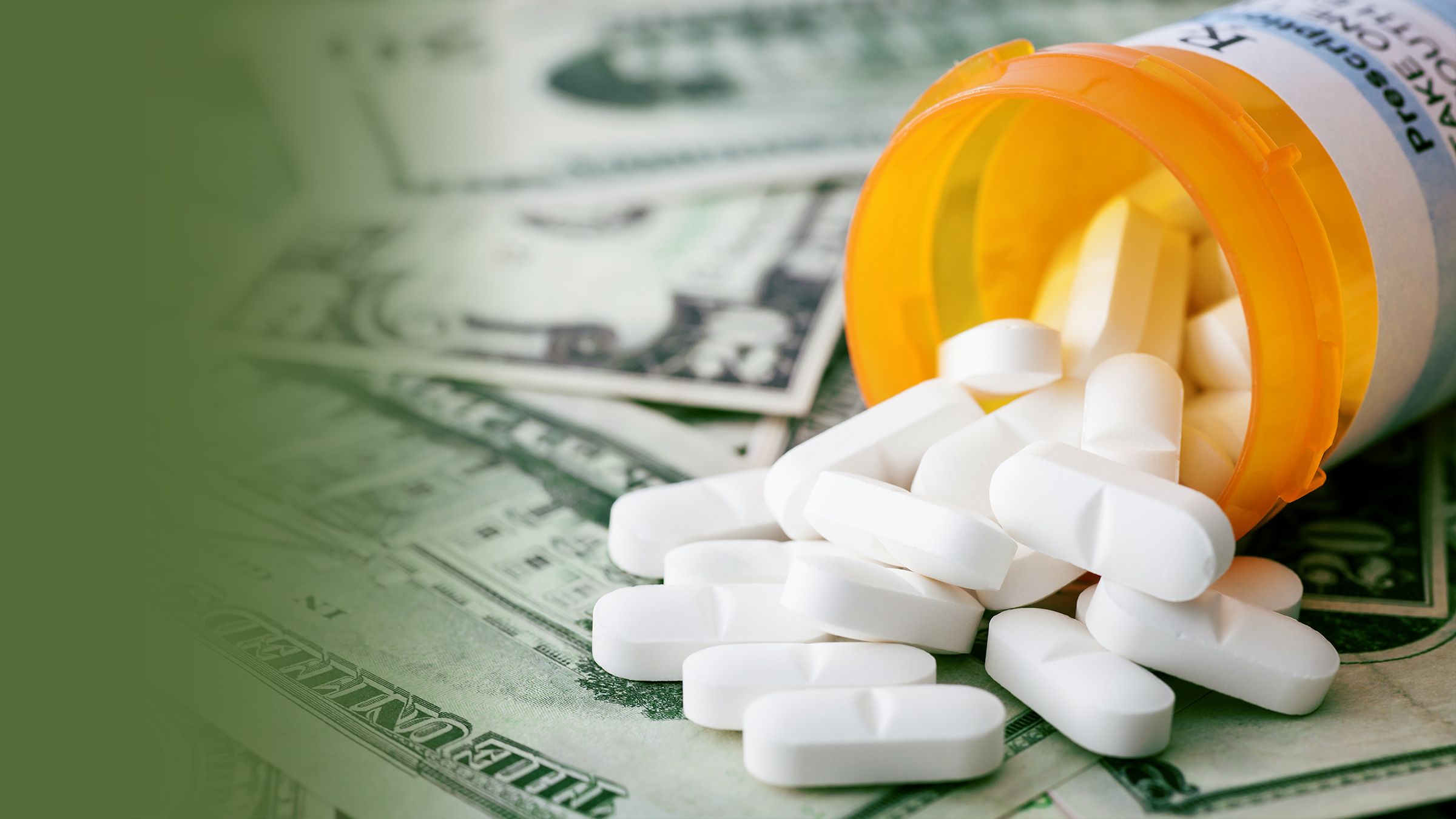
Drug Importation Doesn’t Save Money — It Costs Lives
Proponents of prescription-drug importation notched a victory last week. The Senate Health, Education, Labor, and Pensions Committee green-lit a bill that would enable individuals to import medicines from Canada in the name of lowering out-of-pocket costs.
It’s not something Americans should welcome or support. Drugs imported from outside the United States will always pose a significant safety risk. Even if they didn’t, importing medicines from countries with price controls on drugs would have devastating effects on medical innovation at home.
It’s an article of faith among many Democrats that allowing individuals to import drugs from countries like Canada would be an unalloyed good. The prices of many brand-name prescription drugs are lower north of the border.
So why not let Americans save money by buying their medicines from Canadian suppliers and having them shipped here?
But that argument has never held water. For starters, loosening restrictions on drug importation could flood the American market with potentially lethal fake medicines.
According to the World Health Organization, more than 10% of medical products — including drugs and vaccines — sold in low- and middle-income countries are either substandard or counterfeit. Other estimates suggest that counterfeit drugs could account for as much as 30% of the global drug supply.
The fake drug trade has led to a global health calamity. Roughly 250,000 children — and over 1 million people in total — die each year as a result of counterfeit medicines.
American regulators can’t verify the provenance of drugs imported from other countries — even developed nations like Canada. Considering that just a single dose of a counterfeit or substandard drug could prove life-threatening, the risks involved in purchasing medicines from outside the United States are unacceptable.
Even setting aside safety concerns, importing medicines from Canada is a deeply destructive strategy for saving patients money on medicines. Drugs cost less in Canada because the Canadian government imposes strict price controls.
When Americans purchase drugs from Canada, they are effectively importing those price controls to the United States.
Yet price controls are a major reason why Canadian patients lack access to many of the medicines Americans take for granted. For example, U.S. patients currently have access to 96% of the latest cancer therapies. Only 59% of those medicines are available in Canada.
Price controls also disrupt the market forces that move medical science forward. Investors and companies fund drug research — where the odds of success are long — because they believe they’ll be able to recoup their investment and then some if they develop an effective medicine.
If the fruits of their research are subject to price controls, then they’ll deploy their capital elsewhere.
As recently as the 1970s, Europe led the world in drug innovation. A wave of price-control schemes throughout the continent brought an end to that dominance. Today, the United States is responsible for two-thirds of all new drugs.
Our nation’s unique ability to generate life-saving breakthroughs owes a lot to our longstanding refusal to impose price controls on drugs. The importation provisions in the HELP Committee’s bill would reverse this policy — and deliver a blow to our pharmaceutical research prowess in the process.
Rather than importing artificially underpriced drugs from Canada, our leaders should be putting pressure on other countries — including Canada — to pay their fair share for American-developed medicines.
Opening our borders to potentially toxic counterfeit medicines creates more problems than it solves.
Read More
